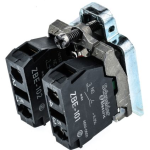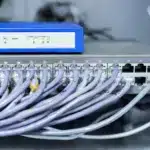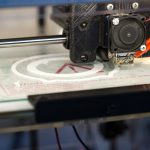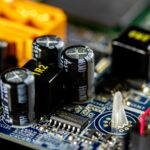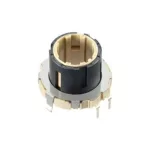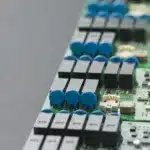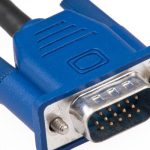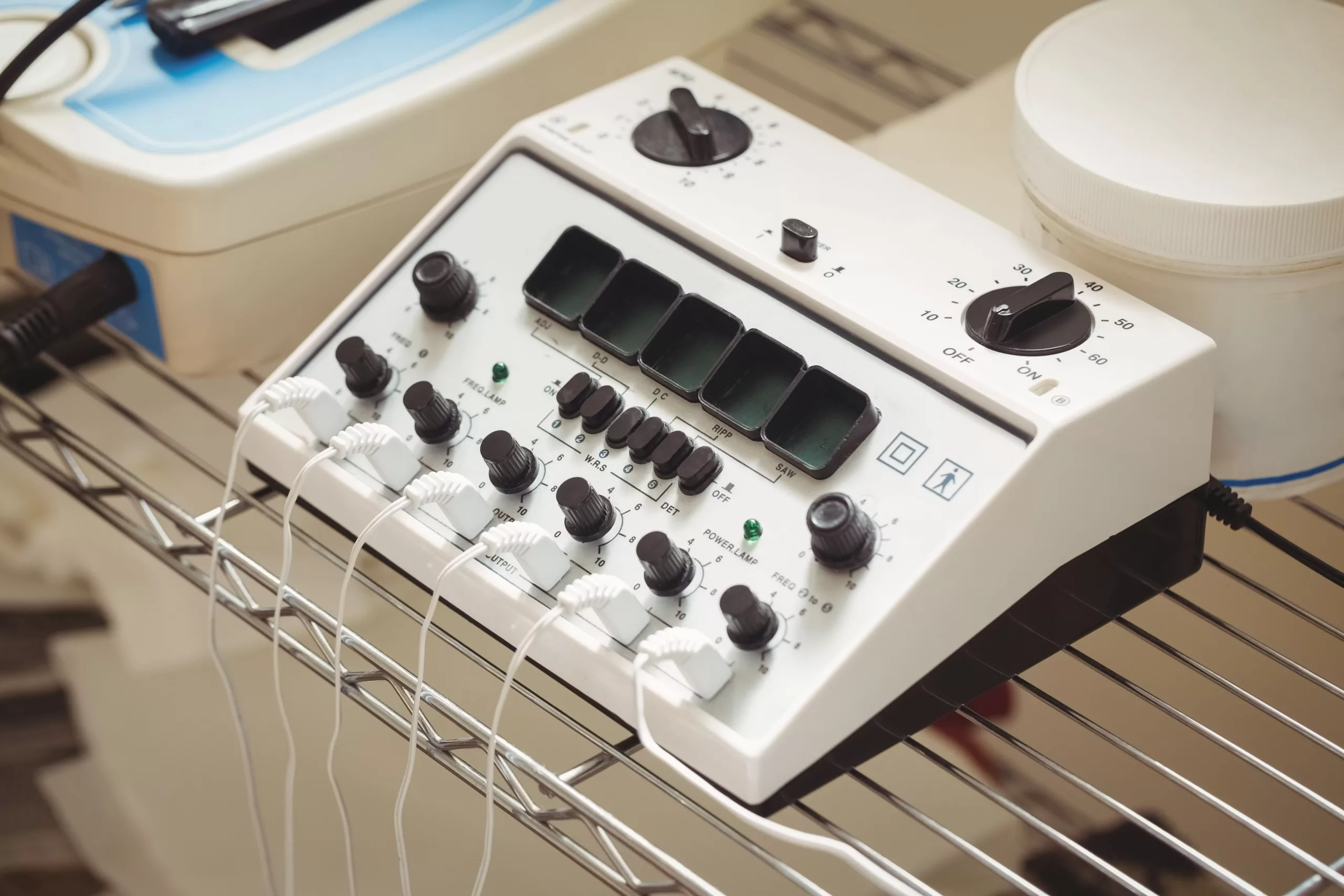
Introduction
In the ever-evolving healthcare technology, innovations continuously drive improvements in patient care, diagnostic tools, and treatment options. Among these innovations, Gallium Nitride (GaN) devices have revolutionised the realm of external medical power supplies. GaN technology is beneficial over traditional silicon-based devices–transforming the design, efficiency, and safety of these critical components. This article discusses the impact of GaN devices on external medical power supplies, highlighting their benefits and potential for the healthcare industry.
The Evolution of External Medical Power Supplies
External medical power supplies are vital components in modern healthcare equipment powering medical equipment, including everything from diagnostic devices to life-saving machinery. These power supplies provide the necessary electrical energy to operate these devices, ensuring they function reliably and safely. These devices include AC-DC power supplies, battery chargers, power adapters, LED power supplies, and surgical instruments. For years, silicon-based transistors have been the standard choice for power supply designs. However, GaN technology is changing the game.
GaN Technology: A Brief Overview
Gallium Nitride, abbreviated as GaN, is a wide-bandgap semiconductor material that has gained prominence recently for its exceptional electrical properties. Compared to traditional silicon, GaN offers multiple advantages, including higher electron mobility, faster switching speeds, reduced reverse recovery and energy losses, and superior thermal conductivity. These properties make GaN devices highly efficient and ideal for power electronics applications.
Exploring the Crucial Advantages of GaN Devices in External Medical Power Supplies
GaN devices offer several crucial advantages when it comes to external medical power supplies, such as:
Enhanced Efficiency
One of the most significant advantages of GaN power devices in external medical power supplies is their enhanced efficiency. GaN transistors have lower conduction and switching losses compared to silicon, leading to reduced power dissipation and increased overall efficiency. This improvement is critical in medical devices as it reduces energy consumption, minimises heat generation, and extends the power supply’s lifespan.
Size and Weight Reduction
The smaller form factor of GaN devices allows more compact and lightweight external medical power supplies. In medical settings, where space can be limited and portability is often essential, this compactness and weight reduction is a game-changer. Medical professionals can now carry smaller, lighter equipment without compromising on performance, leading to increased convenience and improved patient care.
Higher Power Density
GaN technology enables higher power density designs–so medical power supplies can deliver more power in a smaller form factor. This advancement is particularly beneficial in high-power medical applications, such as surgical tools and imaging equipment, requiring higher output power levels without increasing the size of the power supply.
Improved Reliability
Reliability is paramount in medical equipment, where lives are at stake. GaN devices are known for their robustness and durability, thanks to their high-temperature tolerance and resistance to voltage spikes. Improved reliability of bespoke innovative devices translates to fewer equipment failures, reduced downtime, and, most importantly, safer patient care–where failures can have serious consequences.
Better Heat Dissipation
GaN devices operate at higher switching frequencies, enabling smaller passive components, like inductors and capacitors. The decreased size of these devices results in better thermal management and heat dissipation, which is essential for ensuring the long-term reliability of medical power supplies.
Greater Thermal Performance
GaN devices have superior thermal conductivity compared to silicon–handling higher temperatures without degradation. This feature allows external medical power supplies to operate efficiently even in demanding environments, such as operating rooms where temperature variations are common. The enhanced thermal performance of GaN devices contributes to the overall reliability and longevity of medical equipment.
Typical Applications of GaN Devices in the Healthcare Industry
The integration of GaN devices into external medical power supplies has several applications within the healthcare industry, including:
Portable Medical Devices
Portable medical devices, such as glucose monitors, infusion pumps, and oxygen concentrators, benefit significantly from GaN technology. These devices require compact, lightweight power supplies to operate for extended periods. GaN-based power supplies meet these requirements, facilitating patients’ management of their health conditions and improving their quality of life.
Imaging and Diagnostic Equipment
Medical imaging and diagnostic equipment, like MRI machines and CT scanners, demand high-performance power supplies to generate and process complex images. GaN-based power supplies can handle the high-power demands of these machines while maintaining precision and reliability. This, in turn, enhances the accuracy of diagnoses and contributes to better patient outcomes.
Surgical Instruments
Surgical instruments used in minimally invasive procedures, such as endoscopes and laparoscopic devices, require power supplies that are both compact and capable of delivering precise energy. GaN-based power supplies offer the necessary power density and efficiency, allowing surgeons to perform procedures with greater precision and reduced invasiveness.
GaN-Based External Medical Power Supplies: Challenges and Future Prospects
While GaN technology has shown immense promise in the healthcare industry, some challenges remain. One of the primary concerns is the cost of GaN devices, which can be higher than traditional silicon components. However, as production scales up and technology matures, prices are expected to decrease, making GaN devices more accessible for medical applications.
Another challenge is ensuring the widespread adoption of GaN technology in medical power supplies. Healthcare professionals and manufacturers need to be educated about the benefits of GaN devices and how to integrate them into existing equipment effectively.
Looking ahead, the future of GaN devices in external medical power supplies is bright. With technological advancements, it is expected to witness even more efficient and compact power supplies, further improving patient care and advancing medical technology.
Final Thoughts
GaN devices are reshaping the landscape of external medical power supplies in the healthcare industry. Their enhanced efficiency, smaller footprint, higher power density, improved reliability, and greater thermal performance make them ideal candidates for numerous medical applications–redefining the standard for external medical power supplies. Though challenges exist, with further improvements, GaN technology will undoubtedly shape the future of external medical power supplies, ultimately contributing to better patient care and more sustainable healthcare practices.






